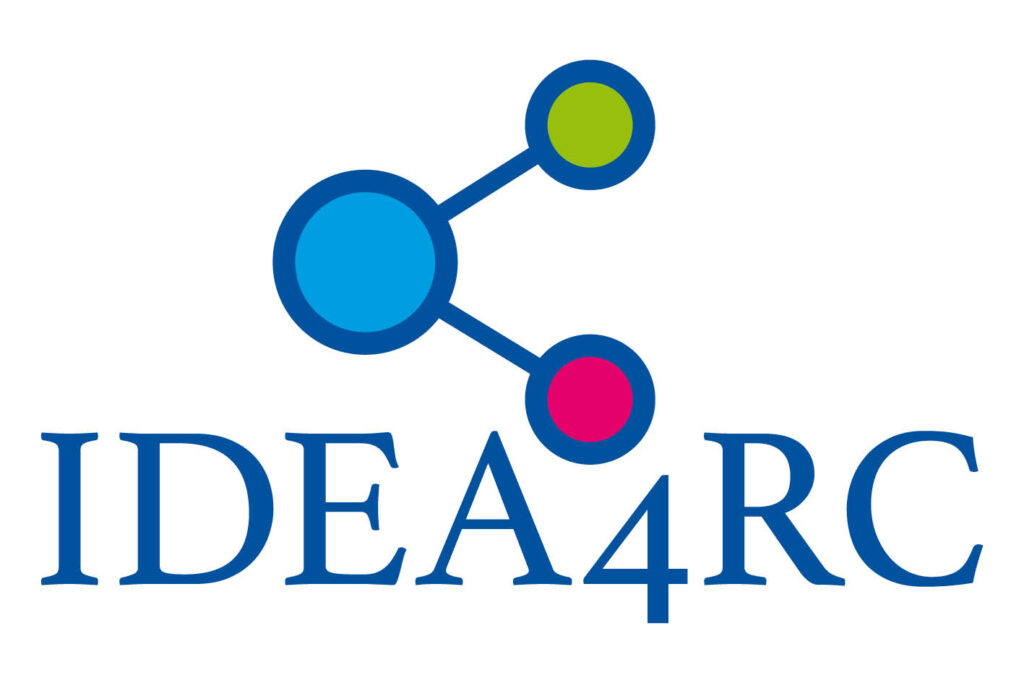The IDEA4RC project aims to enhance data findability and reusability by developing an advanced augmented analytical system powered by Artificial Intelligence (AI), specifically through the Multimodal Data Navigator. This deliverable outlines the comprehensive approach taken to design and implement this system, ensuring it meets the needs of diverse stakeholders and adheres to the FAIR principles (Findability, Accessibility, Interoperability, and Reusability).
The primary objective of WP6 is to support data (re)users in efficiently finding and utilising datasets from varied sources. The Multimodal Data Navigator (implemented in T6.4) will address the complexities of the dataset search problem by leveraging AI-driven tools such as question-answering chatbots, smart visualisation dashboards, and task-oriented wizards.
The methodology for developing the Multimodal Data Navigator follows a user-centred design (UCD) approach, incorporating co-creation principles and iterative validation with Centres of Excellence (CoEs). This process ensures that the system is aligned with the needs of the WP8 pilot use cases and the broader user community.
The first phase involved comprehensive gathering and analysis of the requirement to link the Navigator functionalities to the identified needs and recommendations. This included understanding user perspectives, conducting
market research, assessing technical functionalities, consolidating requirements, and defining user management protocols.
The conceptual design phase involved defining the system’s workflow by interacting with various technical partners and understanding the interconnections between different tasks. Key components analysed include metadata services, data permit and governance processes, cohort builder, and data analysis services.
The architecture design followed, establishing the system’s structural framework and integrating the identified tools and services.
Prototyping activities involved creating low-fidelity (lo-fi) and high-fidelity (hi-fi) mock-ups. Lo-fi mock-ups helped identify and conceptualise core functionalities, while hi-fi mock-ups refined graphical elements to ensure they met user needs.
Iterative validation with CoEs ensured continuous improvement and alignment with user expectations.
The results chapter details the findings from the requirement gathering and analysis, workflow and architecture definition, and presents the finalised conceptual mock-ups representing the tool’s overall design. Key functionalities identified include advanced search capabilities, data permit application processes, federated data analysis, and robust data visualisation tools. These functionalities address the needs for efficient data discovery, access, analysis, and reporting.
You can download the deliverable here.
